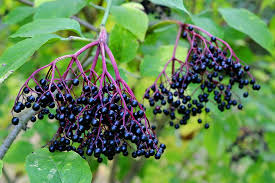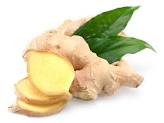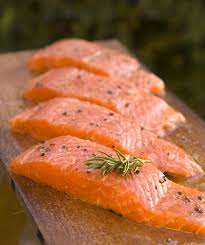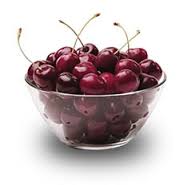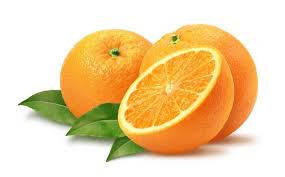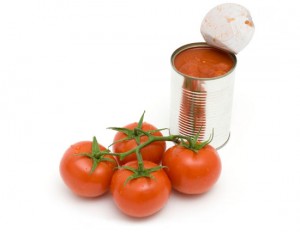Dallas is a top city for seasonal allergies. No surprise there! The beautiful weather has arrived, in Dallas anyway! However, the rest of the country seems conflicted on whether to officially let Spring come to the party. The result locally is, along with Dallas’ blue skies and gentle breeze, comes sneezing, watery eyes, and a nose that looks more like a drippy faucet. Consequently, Dallas wins again as a Top City for Seasonal Allergy Symptoms.
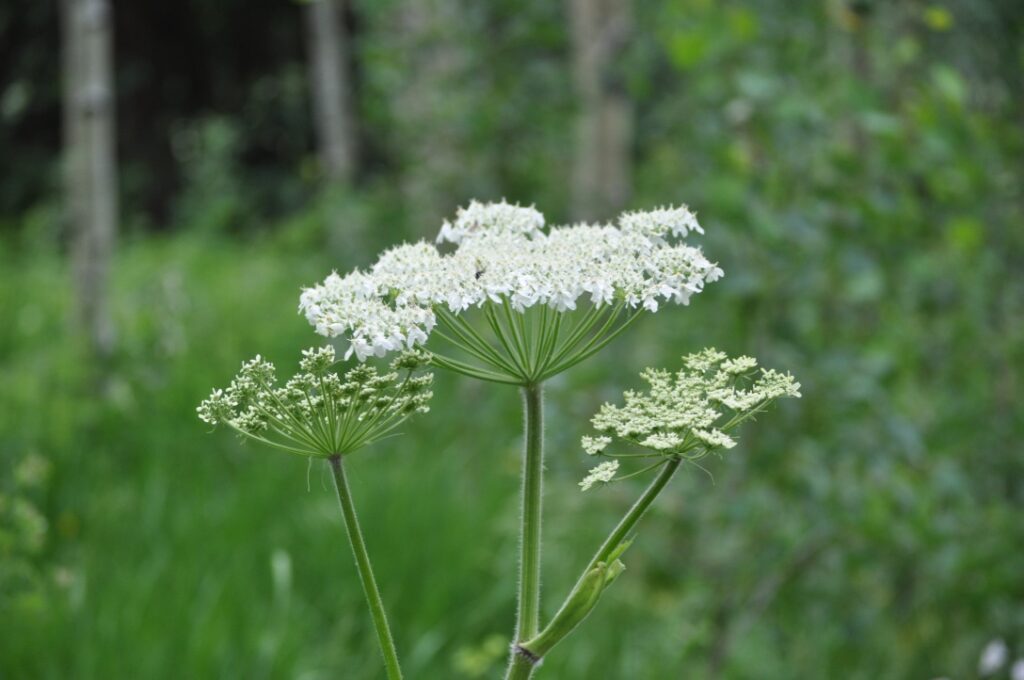
“A direct barometer for allergy season is the tissue box in the reception area. When it’s close to empty at the end of the day, I know my adult and pediatric patients are suffering with seasonal allergy symptoms, says chiropractor Dr. Jeff Manning of Manning Wellness Clinic in Dallas. “In the 20+ years I’ve been in practice, it seems like the allergy season–and my patients’ suffering–begins earlier every year.”
A new study show Dallas tops list for allergy symptoms
In its annual Allergy Capitals report, the Asthma and Allergy Foundation of America identified the top 100 most allergy-inducing metropolitan areas in the country for 2021, with Dallas landing at No. 19 and earning a worse-than-average overall score. Therefore, Dallas is a top city for seasonal allergies cities are ranked based on pollen levels, use of allergy medications and the number of board-certified allergists in the area.
“Two notable parts of our 2021 report include the effect of COVID-19 and climate change on seasonal allergies,” says Kenneth Mendez, CEO and president of the AAFA. “In 2020, fewer people felt the impact of pollen allergies. This is likely due to COVID-19 restrictions with more people staying indoors. In addition, climate change also plays a part and continues to cause longer and more severe allergy seasons. If we don’t slow down the cycle, pollen production will only intensify. This means symptoms could worsen as climate change continues to evolve.”
Chiropractic can help ease allergy symptoms
However, there is help! If you think popping a pill is the only way to find relief for seasonal allergy symptoms, you are in for a treat: First and foremost, Chiropractic can help to improve seasonal allergy symptoms and help you to avoid allergy-related illnesses like sinus infections. Second, in the throes of an allergy attack, antihistamines definitely have their place, but with side effects like sleepiness, dry mouth and an overall clouded feeling, they’re not an ideal match for everyone. Third, Chiropractic can help ease your seasonal allergies without downtime or side effects!
Chiropractic works by helping the body to help itself. First, by removing interference within the body, nerves can function and perform the way they are meant to. Seasonal allergy symptoms can feel less severe. For example, congestion can ease as drainage can sometimes begin immediately after an adjustment; pathways are opened and allowed to drain. Tightness in the chest is also often relieved with a directed rib adjustment, one of Dr. Manninng’s specialties.
In conclusion, “As long as Dallas tops list as worst city for allergy sufferers and seasonal allergy symptoms, my door will be open, and my waiting room tissue box full, says Dr. Manning.
Manning Wellness can help ease your allergy symptoms!
Contact us today and find out how and why chiropractic can help you combat seasonal allergy symptoms, allergies, and asthma.

2702 McKinney Ave, suite 202
Dallas, Texas 75204 214-720-2225


